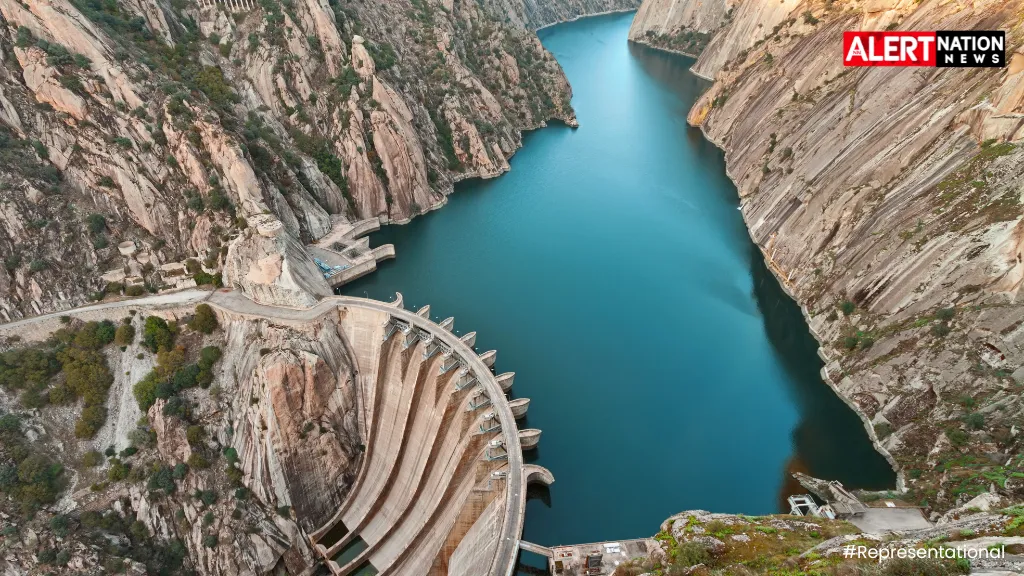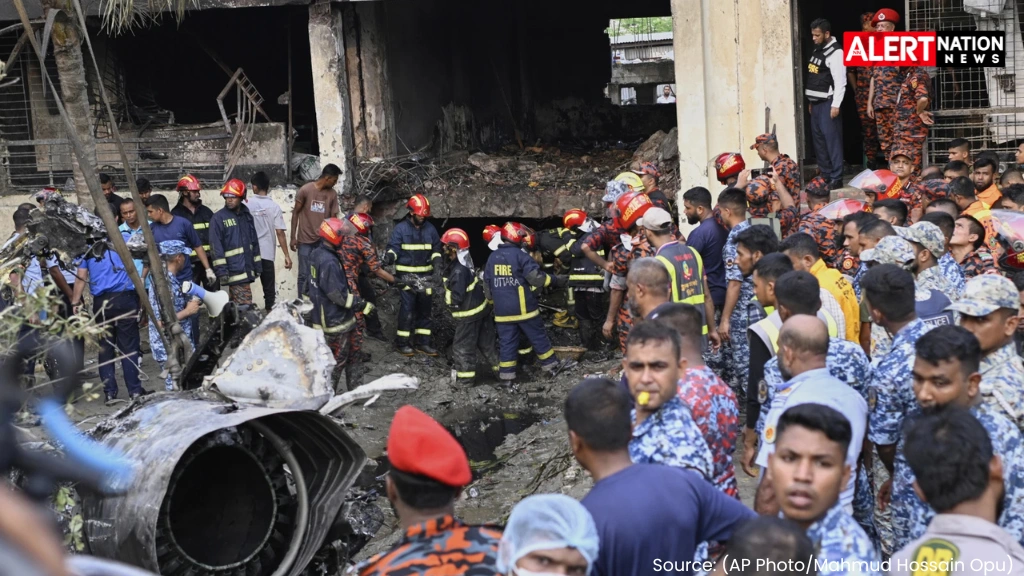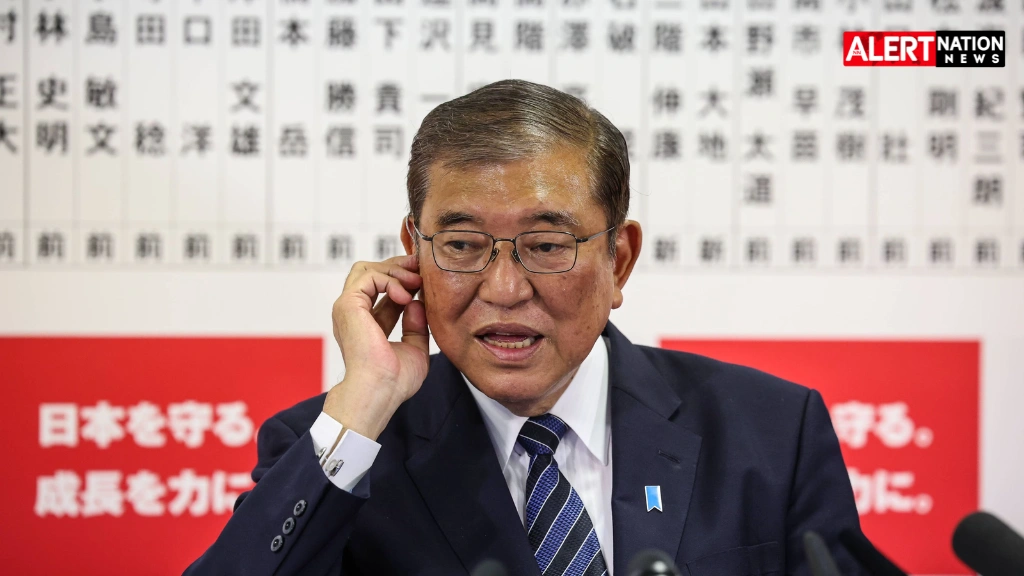China has officially kickstarted the construction of what is set to be the world’s largest hydropower dam on the Yarlung Tsangpo River in southeastern Tibet, a move that has electrified Chinese ambitions and deeply rattled India’s northeastern heartland.
Breaking Down the Mega-Project
- Investment: Estimated at $167 billion, a record even by China’s standards.
- Location: Lower reaches of the Yarlung Tsangpo (becoming the Brahmaputra in India), hugging the edge of Arunachal Pradesh.
- Scale: Five linked cascade stations, projected to create 300 billion kilowatt-hours of electricity annually—three times the output of the iconic Three Gorges Dam.
- Timeline: Full completion targeted for the 2030s.
- Purpose: Meet China’s domestic clean energy goals, energize industrial zones, and supply the power-hungry east.
Why India (and the World) Is Alarmed
1. Water Security Threatened
Millions in Arunachal Pradesh, Assam, and even Bangladesh downstream depend on the Brahmaputra’s flow for farming, fishing, and daily life. There are deep fears the dam’s control could let Beijing regulate or divert water, impacting crops, drinking supplies, and whole ecosystems.
2. Ecological Disaster Fears
Environmentalists call the plateau—home to rare species and unique biodiversity—“irreplaceable.” Changes to river dynamics, silt flow, and fish migration may devastate wildlife and habitats across the region.
3. Seismic and Safety Risks
The dam sits in one of the world’s most earthquake-prone areas. A failure or abrupt water release would be catastrophic—some Indian leaders have called it a potential “water bomb” threatening several northeastern states.
4. Diplomatic Tensions & Strategic Warnings
- India points out China is not bound by any international water-sharing treaty, increasing the risk for sudden policy shifts or data blackouts if relations sour.
- India fears possible “weaponization” of water in future conflicts—making the dam not just an environmental but a national security concern.
Official Reactions
From India: Firm but Wary
“We have consistently expressed our views and concerns to the Chinese side over mega projects on rivers in their territory… The Chinese side has been urged to ensure that the interests of downstream states are not harmed by upstream activities… We will continue to monitor and take necessary measures to protect our interests.”
— Randhir Jaiswal, MEA Spokesperson
Arunachal Pradesh Chief Minister Pema Khandu was even more blunt, warning:
“It is going to cause an existential threat to our tribes and our livelihoods. China cannot be trusted. The dam could be used as a ‘water bomb’… If China suddenly releases water, our entire Siang belt would be destroyed.”
From China: Promises of Peace
Beijing claims the project is “safe” and would not negatively affect water flows or the environment downstream. Chinese officials insist on their “responsibility” for cross-border rivers and pledge to continue “communication” with downstream countries, but details are vague.
Social Media & Public Outcry
- On Indian Twitter and Facebook, the hashtag #WaterBomb trended, with users expressing outrage and fear of a “Himalayan Water War.”
- Memes showing maps of the Brahmaputra and warnings of floods or droughts went viral.
- Environmental advocates and youth groups staged demonstrations in Assam and Arunachal Pradesh, demanding the Indian government do more than just “monitor”—many called for immediate international pressure.
- Some users highlighted irony: both China and India are building giant dams, risking a destructive “dam race” across the fragile region.
What’s India Doing?
- Vigilance: The Indian government is stepping up surveillance and cross-border dialogue, even as it studies legal and diplomatic options.
- Counteraction: Plans have accelerated for India’s own mega-dam in Arunachal, the Siang Upper Multipurpose Project, both to generate power and act as a “defense mechanism” against possible threats.
- Public Engagement: State governments are urging local preparedness. Emergency plans for rapid changes in river water have been placed under review.






